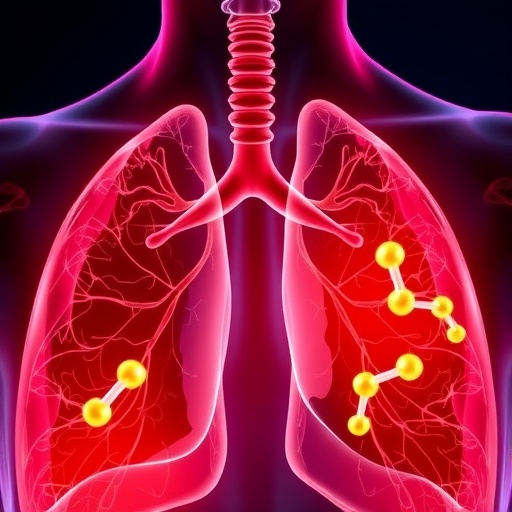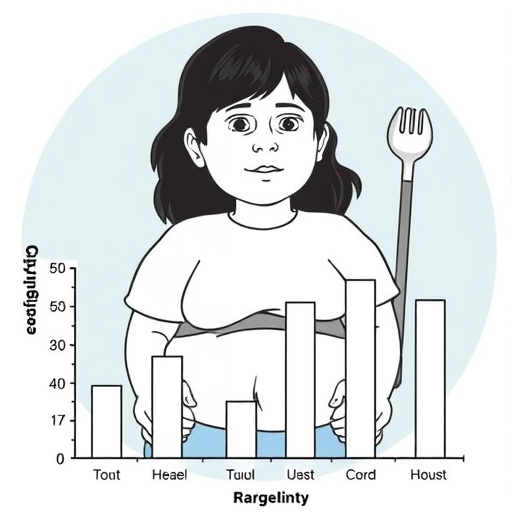Bottom Line: More than 20 percent of non-Hispanic white women ages 18 to 30 who reported using an indoor tanning device one or more times in the past 12 months were dependent on indoor tanning. Dependence was strongly associated with beliefs about physical appearance and depressive symptoms.
Journal in Which the Study was Published: Cancer Epidemiology, Biomarkers & Prevention, a journal of the American Association for Cancer Research.
Author: Darren Mays, PhD, MPH, assistant professor at Georgetown University Medical Center in Washington, D.C., and member of the Cancer Prevention and Control Program at the Georgetown Lombardi Comprehensive Cancer Center.
Background: Indoor tanning increases a person's risk for melanoma, the most deadly form of skin cancer, by about 20 percent, according to The Surgeon General's Call To Action To Prevent Skin Cancer. It also increases risk for other forms of skin cancer.
Mays explained that although indoor tanning is becoming less common overall in the United States, research indicates that it can be a problematic behavior for some young women similar to other forms of addiction. If we are to reduce this risky behavior and ultimately reduce skin cancer risks, we must understand what factors–such as behaviors, beliefs, and psychological comorbidities–are associated with indoor tanning dependence, he added.
How the Study Was Conducted and Results: The researchers studied indoor tanning dependence and the factors associated with it in young adult non-Hispanic white women because this group has the highest prevalence of indoor tanning in the U.S. adult population, according to Mays.
Three-hundred and eighty-nine non-Hispanic white women ages 18 to 30 who had used an indoor tanning device one or more times in the prior 12 months completed online questionnaires; 46.7 percent of the participants were current college or university students. Indoor tanning dependence was assessed using two questionnaires modified from screeners for other addictive behaviors, the CAGE and Diagnostic and Statistical Manual for Mental Disorders (DSM) screeners. To be classed as dependent on indoor tanning, individuals had to screen positive on both modified questionnaires.
Overall, 22.6 percent of participants screened positive for indoor tanning dependence. In bivariate analysis, those who screened positive were more likely to have started tanning at an earlier age, be concerned about their appearance, and have depressive symptoms.
Further analysis showed that indoor tanning dependence was strongly associated with beliefs about physical appearance and depressive symptoms. As women's beliefs that appearance is important grew stronger, they were 73 percent more likely to screen positive for indoor tanning dependence. Women who screened positive for depressive symptoms were almost four times as likely to screen positive for indoor tanning dependence than those who did not have depressive symptoms.
Author Comment: "Our study has identified a subgroup of young adult women who are dependent on indoor tanning," saidd Mays. "These young women are unlikely to respond to public health messaging and we will need to develop a more intensive resource to motivate behavior change. Given that we found strong associations between indoor tanning dependence and beliefs about physical appearance and psychological comorbidities like depression, these intensive behavior-modification resources likely need to address these co-occurring psychological concerns.
"One of the next steps is to develop and test interventions to address indoor tanning dependence," he continued. "There is very little research in this area, so we may need to draw from successful approaches to changing behaviors like cigarette smoking."
Limitations: According to Mays, the main limitation of the study is that the researchers analyzed indoor tanning dependence in a group of young women from a single geographic area, the Washington, D.C. metropolitan area. Thus, the findings may not be the same for the entire population or other groups, such as young men.
###
Funding & Disclosures: This study was supported by funds from the Harry J. Lloyd Charitable Trust and the National Institutes of Health. Mays declares no conflicts of interest.
To interview Darren Mays, contact Julia Gunther at [email protected] or 215-446-6896.
Follow us: Cancer Research Catalyst http://blog.aacr.org; Twitter @AACR; and Facebook http://www.facebook.com/aacr.org
About the American Association for Cancer Research
Founded in 1907, the American Association for Cancer Research (AACR) is the world's first and largest professional organization dedicated to advancing cancer research and its mission to prevent and cure cancer. AACR membership includes more than 37,000 laboratory, translational, and clinical researchers; population scientists; other health care professionals; and patient advocates residing in 108 countries. The AACR marshals the full spectrum of expertise of the cancer community to accelerate progress in the prevention, biology, diagnosis, and treatment of cancer by annually convening more than 30 conferences and educational workshops, the largest of which is the AACR Annual Meeting with more than 21,900 attendees. In addition, the AACR publishes eight prestigious, peer-reviewed scientific journals and a magazine for cancer survivors, patients, and their caregivers. The AACR funds meritorious research directly as well as in cooperation with numerous cancer organizations. As the Scientific Partner of Stand Up To Cancer, the AACR provides expert peer review, grants administration, and scientific oversight of team science and individual investigator grants in cancer research that have the potential for near-term patient benefit. The AACR actively communicates with legislators and other policymakers about the value of cancer research and related biomedical science in saving lives from cancer. For more information about the AACR, visit http://www.AACR.org
Media Contact
Lauren Riley
[email protected]
215-446-7155
@aacr




